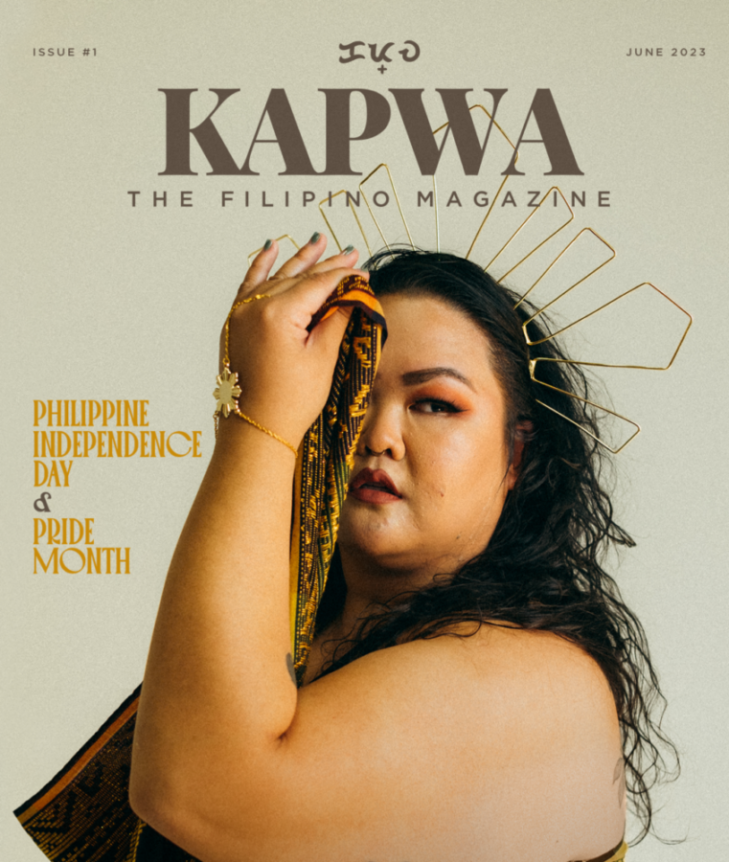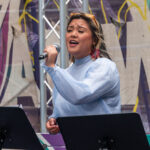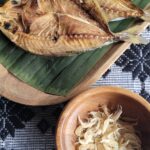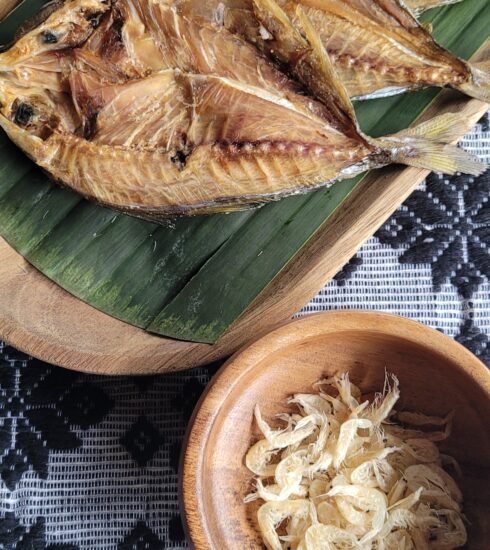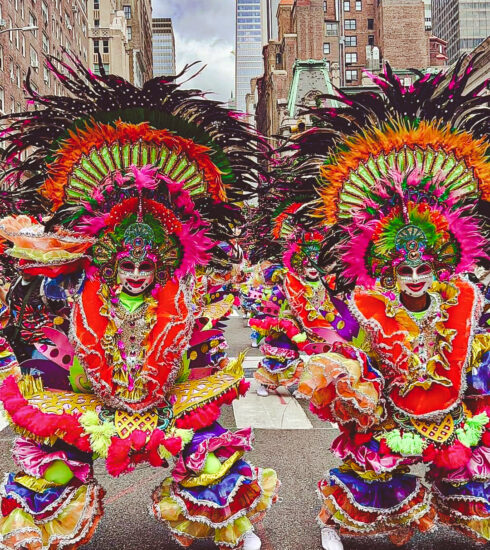Music is Healing
Wisdom from Music and Sound Healers Around the World
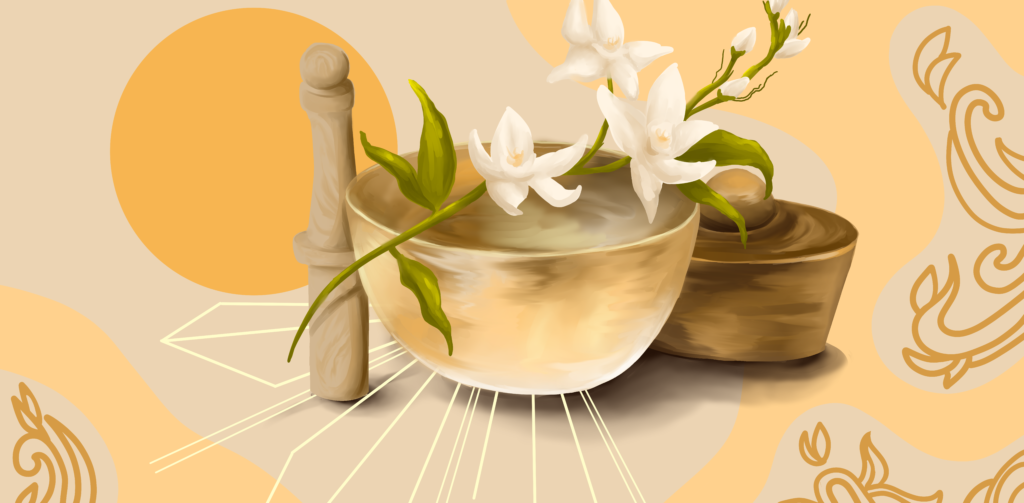
Music is at the epicenter of any Filipino party; karaoke is a gold standard and dancing in a circle with your titos/titas is essential. In celebration of Philippine Independence Day and Pride Month we invited the perspectives of various master artists, musicians, healers, elders, and youth into a sharing circle. We span across the generational landscape and beyond the boundaries of land and water to discover how the lineage of music is deeply healing to our people, and to preserving and evolving our culture.
What is your lived healing experience with music and sound as healing?
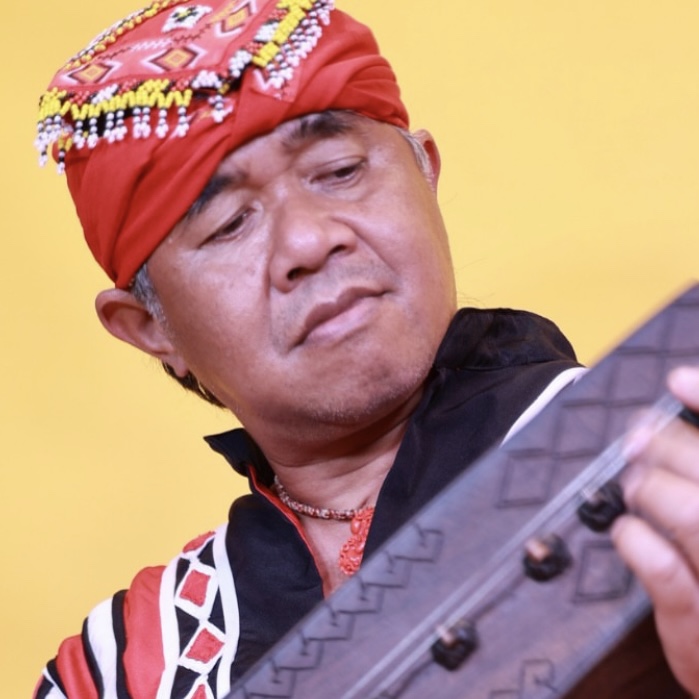
“Music can communicate to the most silent corner of the heart. Music has a unique ability to reach deep within us to touch our emotions and feelings in a way that other forms of communication can not. Chanting can be directed to someone you are in love with or if someone is sick it can be used to aid the healing process and can be used to support conflict resolution. And not just chant but all the music gives relaxation, calmness, and connection to the music world. We call it chanting or music for healing.”
– Waway Saway (Talaandig tribe Sungco, Lantapan, Bukidnon, Philippines)
Master Artist, Recording, Artist, Chanter, Soil Painting, Artist, Teacher, Councilor, Rainforest Conservationist
healing feeling: freedom, flying above the sky and mountains
healing person: happy people
healing food: indigenous food
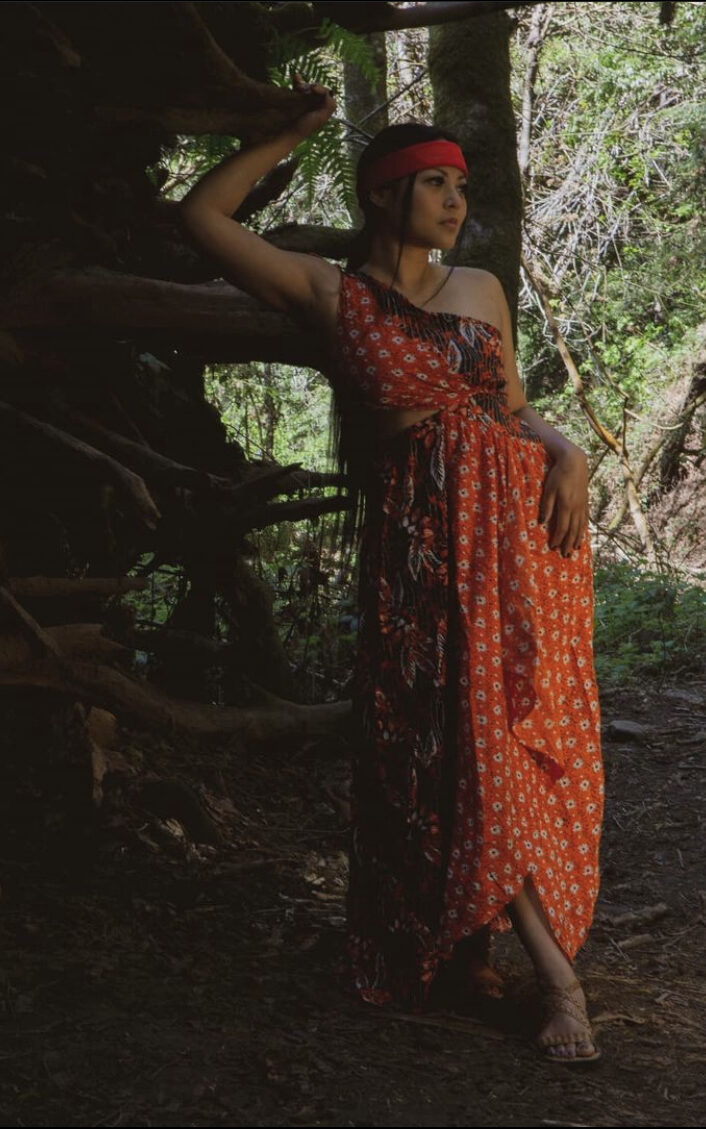
“I’ve had hyperthyroidism, and the thyroid sits in the throat. Through voice coaching and singing I’ve been able to work through traumas that have blocked my throat chakra. Sound healing is not a new phenomenon, it has been a human practice that dates back to our ancestors. Evidence has shown that sound for ceremony and rituals are to transform the consciousness and heal the mind, emotions, and the body. ”
-Katrina Cabeltera (San Francisco, USA)
Trained Vocalist, Healing Sound Workshop Facilitator, Yoga and Meditation Teacher, Writer
healing sound: chanting so-hum
healing feeling: rest
healing ritual: Journaling
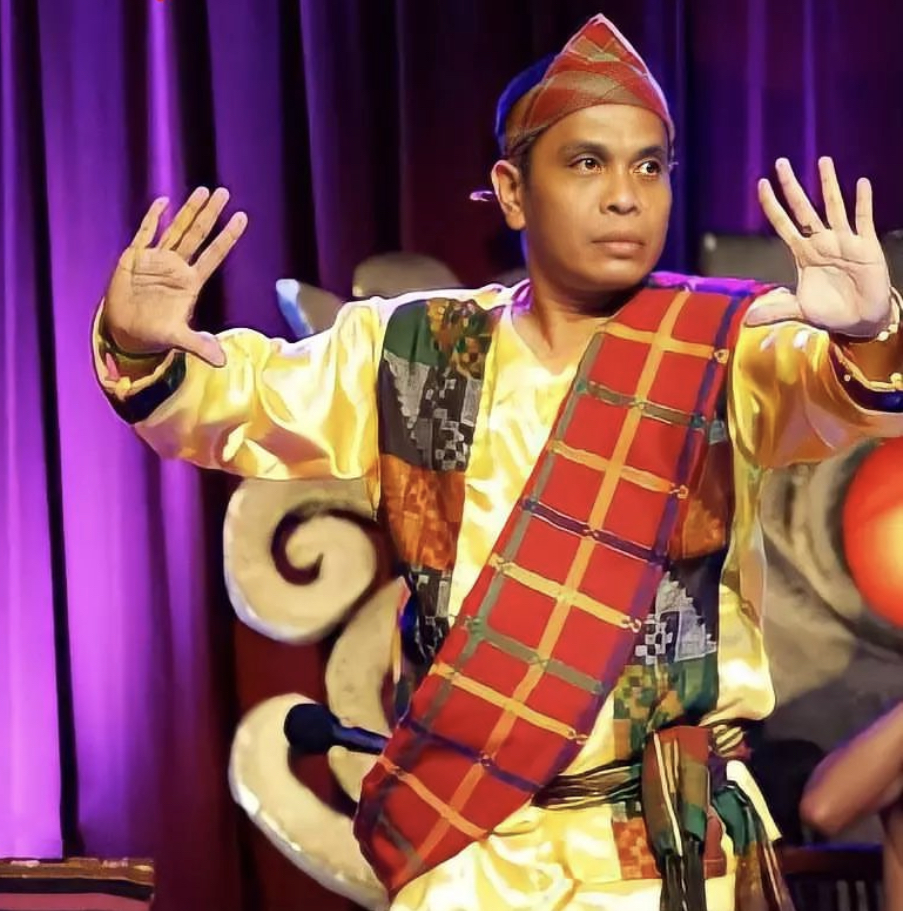
“For the Maguindanaos, chanting has two significance. First for entertainment, and also an association with shamanic practices. For shamans, chanting is used to summon the spirits and incorporated into the rituals.”
-Faisal Monal (Cotabato City, Maguindanao)
Master Artist, Chanter, Shamanic Practitioner, Artistic Director, Social Cultural Affairs, Recording Artist
healing sound: sacred texts of the dagguing
healing place: spiritual summoning of the spirits of the rainbow
healing food: ritual food offerings
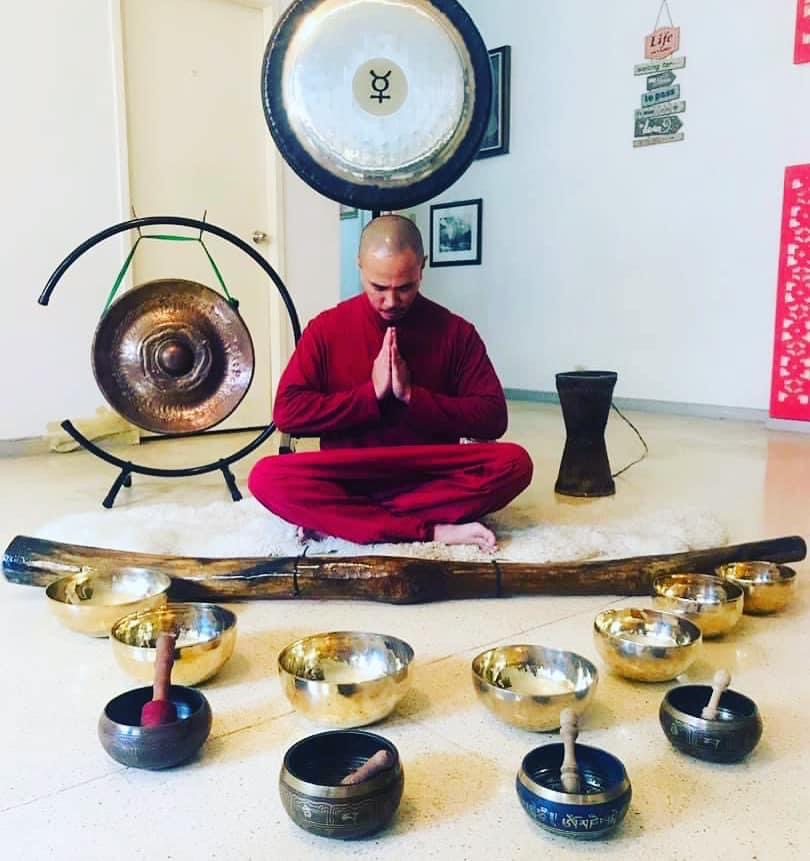
“I have been in recovery from depression for more than 25 years, I started to heal with music, vibrations, and I have created [my own] instruments. It has been my tool to help calm my mind, relax my body, and be able to meditate. It played a major part in finding my own healing and it also became my calling to also share what I do and become of service to others. Sound Healing is a form of music therapy, where I use vibrations and frequencies to relax the body and the mind. As these vibrations flow in our body, it relieves us from blockages, releasing negative and/or stagnant energies.”
-LJ Navera (Lipa City, Philippines)
Resident Sound Healer of the House of Gaia, Multidisciplinary craftsman and artist.
healing person: Buffalo God the life giver
healing food: whatever food you crave
healing ritual: music and meditation
How do you believe music plays in preserving and/or evolving Filipino culture?
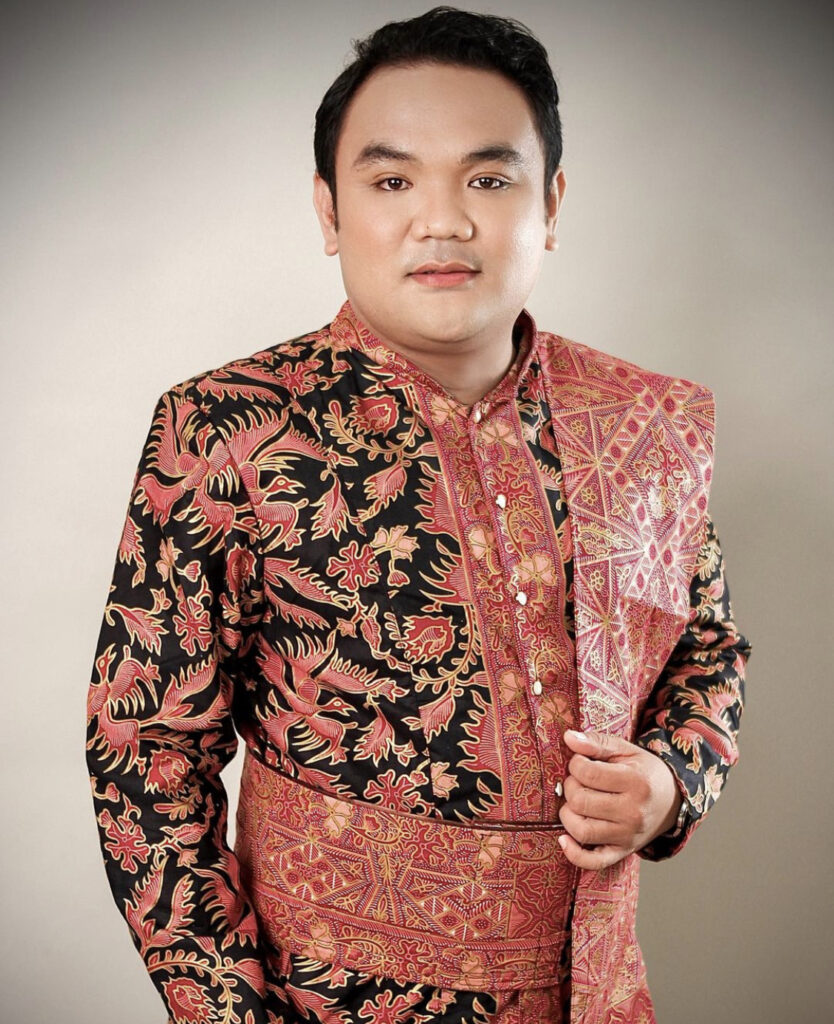
“I first learned Kulintang music when I was a child. It was a pre-colonial tradition that we had in the southern Philippines that predates Islam and Spanish colonization of the Philippines so it was preserved by our forefathers. This tradition was passed on through generations and now we still have it and it is part of our way of living.”
-Farid Guinomla (Maguindanao Philippines)
Master Kulintang Artist, Nurse, Humanitarian
healing sound: tagunggo
healing place: home
healing person: younger self
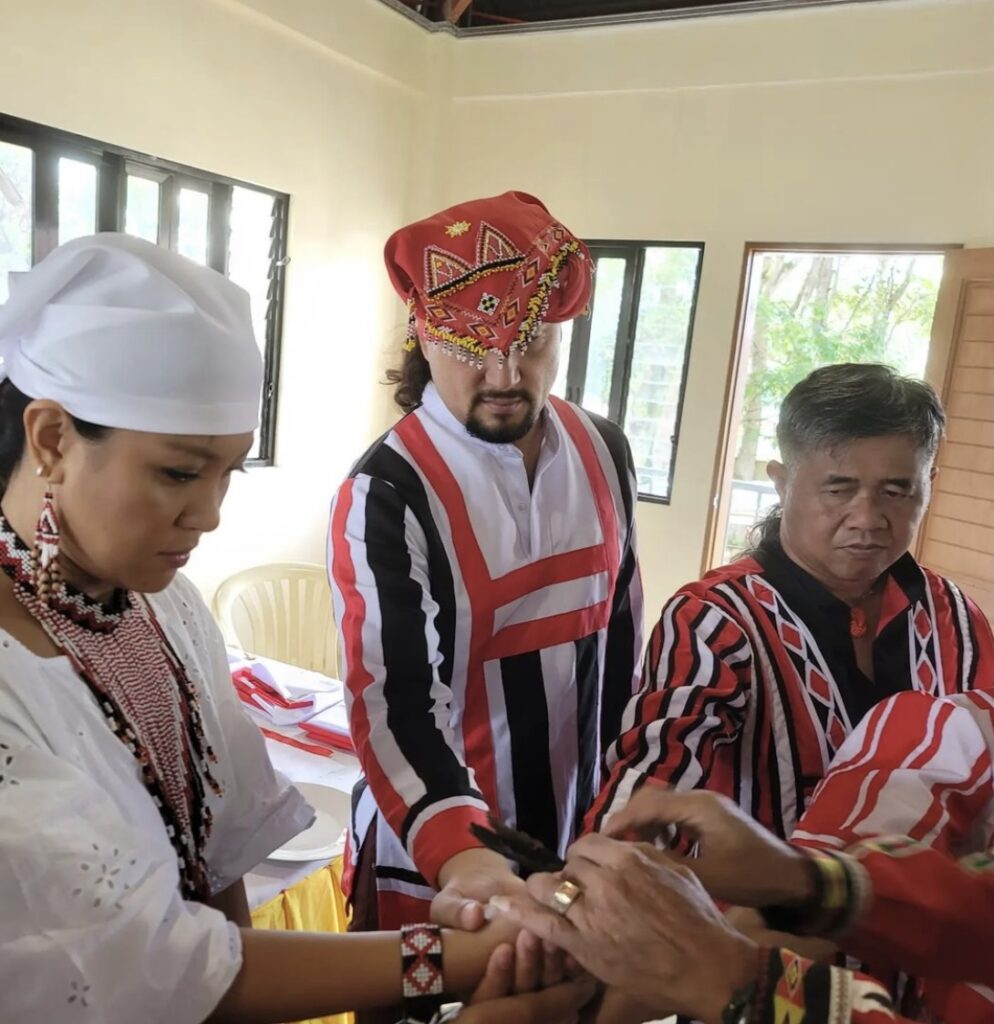
“There are accounts where Magellan’s ships were approaching Mactan, Cebu and they were hearing bell sounds that resembled Kulintang gong music. Kulintang is used in many different forms of healing, and communicating to the spirit. Many indigenous types of gongs in the Philippines, in the south, they call them kulintang or kulintangan up north, they are called gangsa. They all create a percussive sound that connects us with the spirit world.”
-Lydia Querian (San Francisco/Hawaii/Philippines)
Musician, Dancer, Fashion Designer, Entrepreneur, Co-creator of House of Gongs
healing sound: tagunggo
healing feeling: wedding dancing
healing person: grandma (my mamma G)
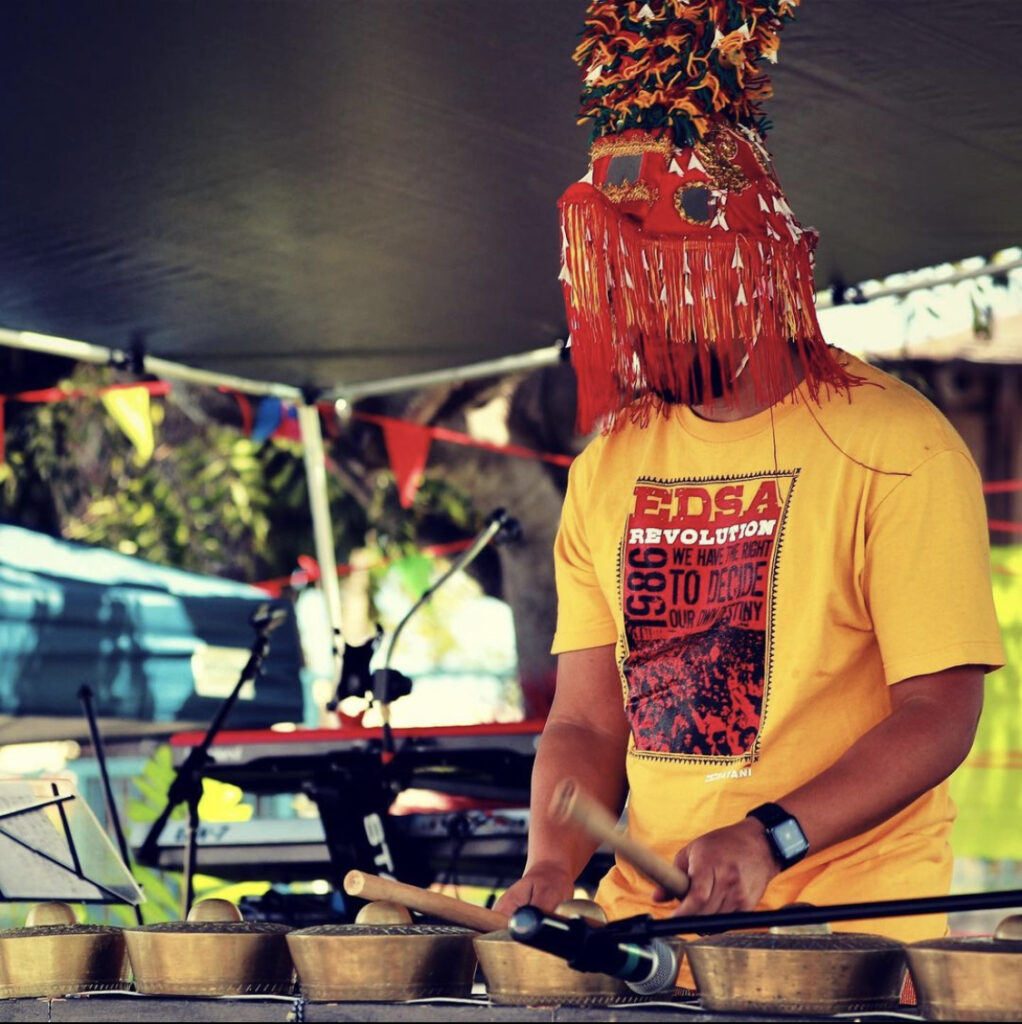
“From a diasporic perspective, in the 21st century there is a growing demand among us for deeper knowledge and understanding of the cultural arts beyond folk dances. This is the environment where Danny Kalanduyan presented music that comes from perpetuating music from a family or tribe. What I think young people are looking for is why we put on Gongster’s Paradise, the only North American Kulintang Festival, every 2 years, and why Kapwa magazine is here is because people are wanting and needing a better understanding of who they are. And for those of us who survived immigration and assimilation, we carry these scars and wounds and we need to find our way back beyond Manila from sounds like kulintang, gangsa, chanting, and rituals. This is what I observe people are wanting now.”
-Ron Querian aka Kulintronica (San Francisco/Hawaii/Philippines)
Gongster, Electronic Dance Musician, Co-creator House of Gongs, Instructor
healing sound: gong
healing food: chocolate
healing ritual: river offering
What does Philippine Independence Day represent for your group?
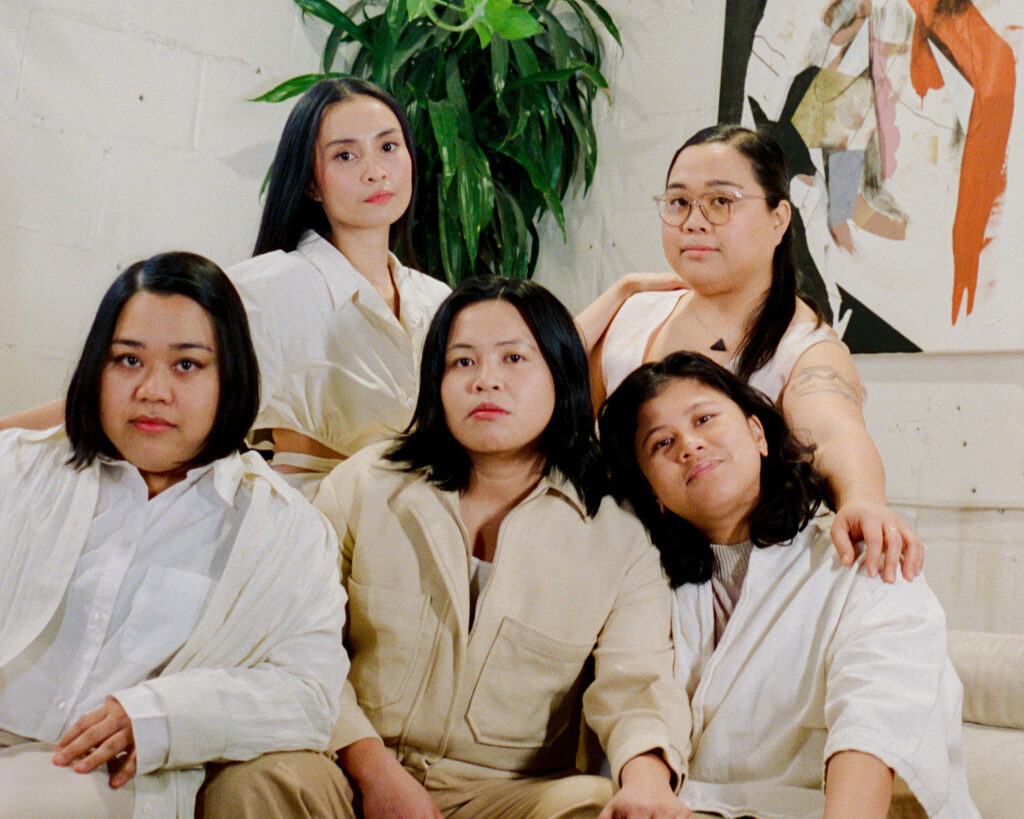
“It lights up with pride and as both queer and Filipino, whenever June hits we think about activities that celebrate both. Our music is a memoir that talks about our journey as queer and diasporic Filipinas in Canada. To play music as Filipinos, it is a privilege to represent ourselves in an otherwise very white dominated industry. In Canada, June is also National Indigenous History Month. Kulintang music survived because of the determination and resilience of Indigenous peoples. There is such a connection between Indigenous people in the Philippines and also here in Turtle Island. It is a reminder to us where we stand, where we align our values and to look at the systems of oppression that are still in place and explore our role in dismantling them. And hopefully our music is one way to get people to think about that and for us to express that as artists. We wanted to learn Kulintang because music is the most accessible way to learn about our culture. Being far removed from the islands now known as the Philippines there is that longing to connect with the culture, ourselves, our lineage, our people, and our teachers. The name Pantayo is inspired by Zeus A. Salazar’s work, “Pan”-”Tayo” means — for us, of us, by us. It means making space for each other’s perspectives even if they’re different and gives us space to be ourselves. Our best selves.”
-Pantayo: Eirene Cloma, Michelle Cruz, Joanna Delos Reyes, Kat Estacio, and Katrina Estacio (Toronto, Canada)
Songwriters, Singers, Musicians (Agung, Kulintang, Sarunay, Synths, Bass, Guitar)
healing sound: sounds that match our mood
healing place: any body of water
healing person: oneness of the group
healing ritual: moving our bodies
**Deep gratitude to Lydia, Ron, Waway Saway, Balugto, Farid, Faisal, LJ, Tipati, Katrina, and Pantayo who weaved their presence, spirit and knowledge into this sharing circle. Watch full interviews on the Kapwa Magazine Youtube Channel.
Follow these musicians at:
Lydia : https://www.instagram.com/ellekarayan/
Ron: https://www.instagram.com/kulintronica/
Waway Saway: https://instagram.com/1969waway/
Balugto: http://www.instagram.com/balugto/
Farid: https://www.instagram.com/dashofaridgee/
Faisal: https://instagram.com/paramatabantugen/
LJ: https://www.facebook.com/lj.navera
Tipati: https://www.facebook.com/tapatiitapat
Katrina: https://instagram.com/trina.c.yogini/
Pantayo: https://instagram.com/pantayomusic/
Sing, dance, and celebrate with us on Kapwa Magazine’s Spotify & watch footage of the interview on our YouTube channel.
